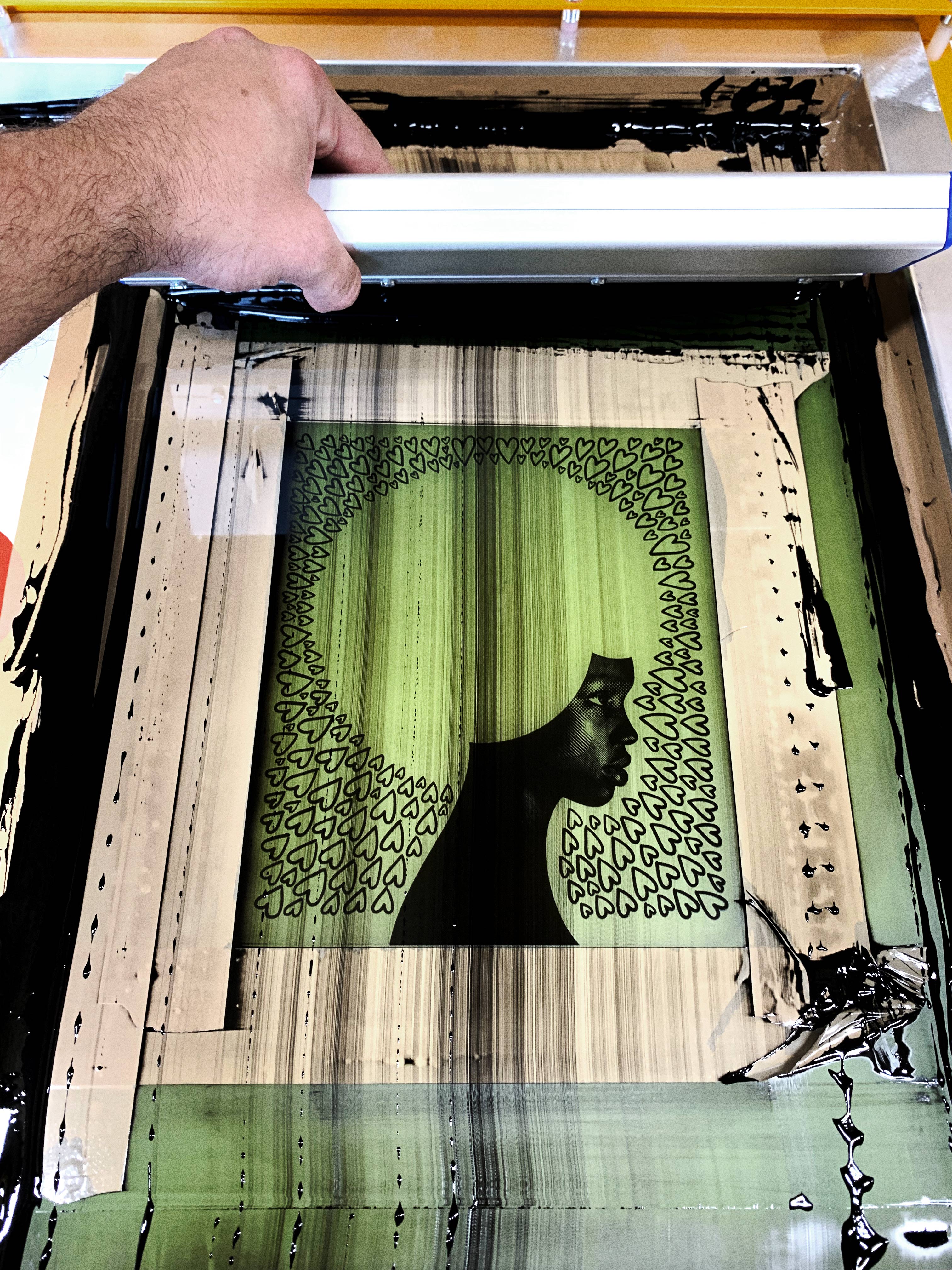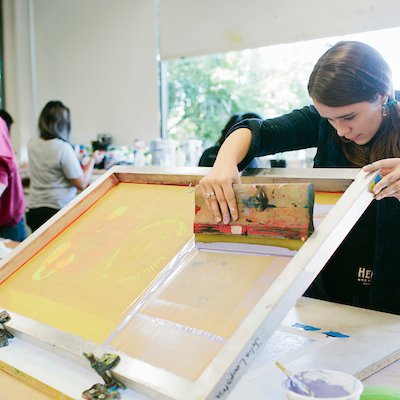ChatGPT said: Why 10:9 Design Screen Printing is perfect for custom t-shirts
The Important Overview to Recognizing Screen Printing and Its Versatile Makes use of
Screen printing has a rich history that dates back to old times, developing into a sophisticated technique utilized throughout different markets today. This guide explores the intricacies of the screen printing procedure, describing its applications in marketing, home, and fashion decoration - 10:9 Design reviews. Comprehending these basics can open innovative potential for both artistic and business projects. The adhering to areas will disclose essential pointers and methods to boost one's screen printing ventures
The History of Screen Printing
Although screen printing has origins that trace back centuries, its advancement shows the technological and creative advancements of numerous societies. Coming from ancient China, the method was originally used for enhancing textiles and later infect Japan, where it became essential to Ukiyo-e woodblock printing. The approach shifted to Europe in the 18th century, where it got appeal among craftsmens and commercial printers. The development of photo emulsion in the 20th century reinvented screen printing, permitting more detailed styles and higher performance. Artists like Andy Warhol even more propelled its popularity, utilizing the tool to create renowned jobs that combined commercialism and art. By the late 20th century, screen printing had established itself as a flexible method, used in vogue, advertising, and art. Today, it remains to develop, incorporating digital modern technology and expanding its applications across various industries.
The Screen Printing Process Explained
Screen printing transforms creative visions right into tangible designs through a series of accurate steps. A picture is developed and after that moved onto a screen, commonly made of great mesh textile extended over a framework. A light-sensitive emulsion is related to the screen, which is revealed to light, setting in locations not covered by the picture. After rinsing the unhardened emulsion, a stencil is formed.
Next, the screen is put over the substratum, whether it be material, paper, or one more material. Ink is after that pressed with the open locations of the stencil using a squeegee, depositing the layout onto the substratum below. This process can be duplicated for numerous shades, requiring separate displays for every shade. Finally, the published thing is treated making use of warmth to ensure the ink adheres correctly, resulting in a sturdy, vivid style ready for usage.
Types of Screen Printing Techniques

Furthermore, specialty strategies, such as discharge screen printing, remove dye from the textile to develop softer prints, while aluminum foil screen printing applies metallic aluminum foil to attain a glossy surface (10:9 Design Company). Each strategy supplies unique qualities, accommodating various imaginative needs and manufacturing scales, eventually expanding the opportunities within the screen printing domain
Applications of Screen Printing in Different Industries

Furthermore, the signage and advertising fields use screen printing for creating attractive display screens and banners. This approach permits vibrant colors and intricate layouts that catch focus. In electronics, screen printing is employed for using conductive inks to motherboard, vital for component links. Moreover, the home style market welcomes screen printing to create distinct designs on fabrics and wall art. Overall, screen printing acts as a vital tool throughout diverse areas, improving products with personalized and visually attractive graphics.
Tips for Effective Screen Printing Projects
While carrying out a screen printing task, careful interest to information can substantially improve the last outcome. First, choosing high-grade materials is crucial; this includes the screen, inks, and substratums. Making use of appropriate mesh counts can influence ink deposition and detail resolution. Preparation is similarly crucial; thorough cleaning of screens and appropriate exposure times ensure crisp prints.
Next, precise enrollment is essential for multi-color prints. Utilizing alignment tools can help achieve accurate layering. Furthermore, screening prints on scrap materials before production helps identify prospective problems without squandering resources.

Regularly Asked Concerns
What Products Are Best for Screen Printing on Material?
Cotton and polyester blends are suitable for screen printing on material because of their durability and ink absorption. Additionally, specialty textiles like silk or canvas can create one-of-a-kind appearances and coatings, improving the overall design high quality.
Exactly how Do I Tidy and Maintain Screen Printing Tools?
To preserve and cleanse screen printing tools, one must consistently clean displays with ideal solvents, examine mops for wear, lube relocating parts, and store all things in a dry, dust-free atmosphere to extend their life-span.
What Are the Ecological Influences of Screen Printing?
Screen printing can have substantial environmental impacts, consisting of chemical waste from inks and solvents, water use during cleansing procedures, and energy usage. Lasting practices and environment-friendly products are necessary for lessening these negative results.
Can Screen Printing Be Done in your home Efficiently?
Screen printing can be efficiently done at home with the ideal products and techniques. Hobbyists can produce quality prints, though success relies on their skill degree, devices, and understanding of the process included.
What Are the Costs Related To Beginning a Screen Printing Company?

Beginning a screen printing company involves expenses for tools, products, and workspace. First expenses generally vary from a few hundred to numerous thousand dollars, relying on the scale, quality of equipment, and preferred production ability.
Screen printing has an abundant background that dates back to old times, advancing right into a sophisticated method used across different sectors today. An additional strategy, rotary screen printing, uses cylindrical displays, assisting in constant printing on fabric rolls, consequently boosting efficiency for massive manufacturings. Additionally, specialty strategies, such as discharge screen printing, remove dye from the textile to create softer prints, while foil screen printing applies metal aluminum foil to achieve a shiny surface. In the fashion field, screen printing is widely used to produce lively layouts on apparel, enabling brands to showcase their special styles. Cotton and polyester blends are ideal for screen printing check here on fabric due to their sturdiness and ink absorption.